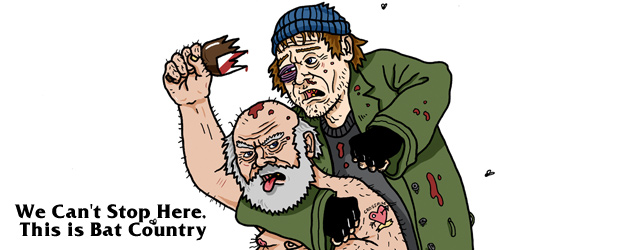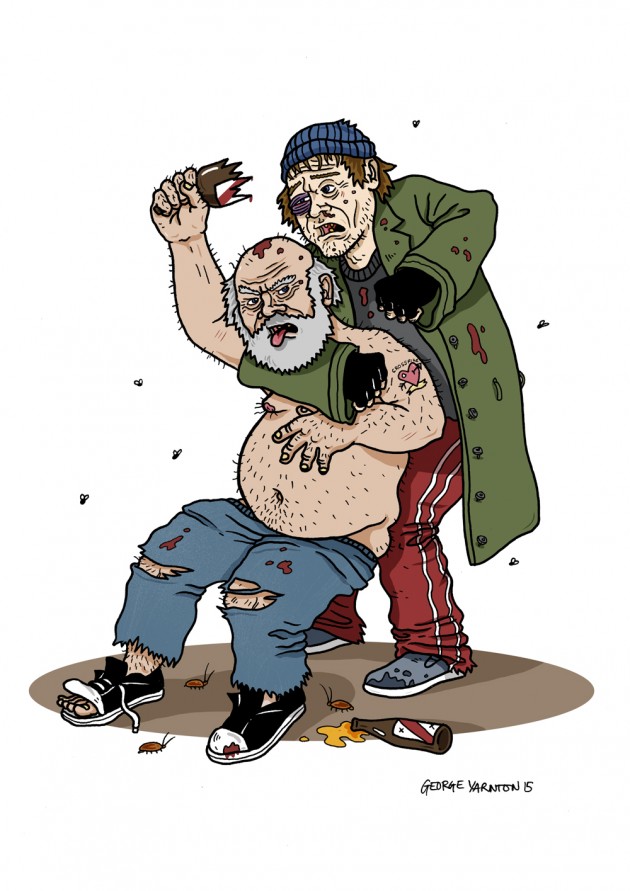
It’s become customary to refer to skateboarding in the 1990s as a time of outlaws and risk-takers – a barely-supervised playground far from the judgmental glare of the mainstream. The golden age for connoisseurs of that raw shit. Strobeck says as much in a recent interview with Vice, and he seems to know what he’s on about.
From the vantage point of the mid-2000s, those times looked crazier than a Bundy-and-Hitler themed children’s party. By 2006ish, you could buy more or less the same skate brands from chain stores as you could from skater-owned shops, and the Swoosh kept those bro-stores open through exclusive local SB contracts. For a price. Identikit boutique-style points-of-sale, look-a-like teams, sound-a-like interview discipline, and increasingly samey videos with 90 minute plus running times.
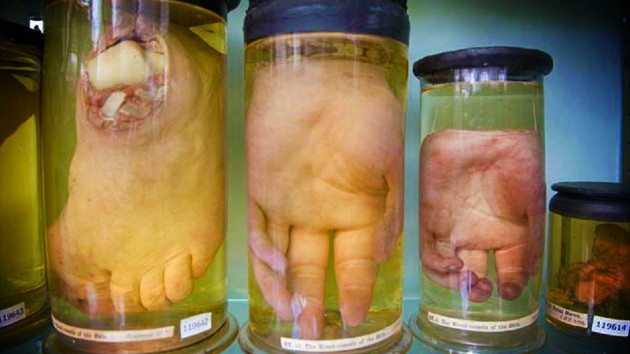
But look at our world now. Faster than I can clumsily type, UK tech-gnar trailblazer, Death pro skater and celebrity Welshman Matt Pritchard has literally pissed all over the Universal Soldier (Dolph Lundgren to his mam) whilst drunk out of his mind on the way to the Las Vegas start of the Gumball 3000 car race; Pontus and Jacob Ovgren lead the charge of indie brands forcing cartoon violence onto the eyeballs of skate-consuming youngsters; Scumco & Sons deliberately manufacture decks that smell of shit; and the VHS video Svengalis behind ‘Bum Fights’ go on the run having been caught with a suitcase full of human body parts in a Bangkok airport.
Do the 90s seem so rad because the 2000s were so dull? It was certainly both a lot smaller and younger back then, and virtually unsupervised by bonafide adults. When Welcome to Hell came out in 1996, Ed Templeton was the weird old boss man, whilst still in his early twenties and just 2-4 years older than the then-young bucks JT, Maldonado, BA, Barley, Satva and Elissa. The sportswear giants didn’t give a sustained shit, dipping their toes in and out of the pool, hardly disturbing the anarchy that went on beneath the surface.
In that isolated Wild West town of Lonesome Skatesville, bad craziness went down that would seem unbelievable to a mid-2000s publishing exec looking to buy beloved UK and European skate magazines only to dead them a decade later. Nor would you have had many catwalk fashion models agreeing to cavort half naked in the background of Moody Dreamboat Dylan Rieder’s shoe ad, especially if said ad had been for Duffs, shot on a $50 shoe-string, and involving adult-film performers, a dwarf, some guy puking, and a couple of homeless dudes fighting. Through the 90s, all these things actually happened.
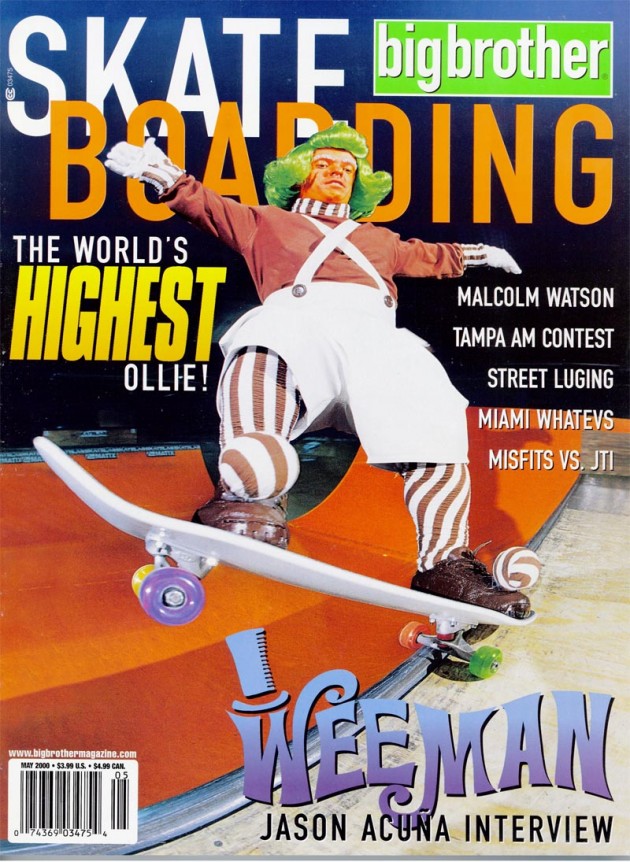
Early in the decade, Steve Rocco and his posse rode into town in a cloud of prairie dust. The terrified townsfolk bolted their shutters and hunkered down with a bottle and a shotgun, muttering to their faithful hound that the madness would soon pass. And it did. Manic energy all spent up by the turn of the century, with Rocco retiring to a beach house and leaving his legacy to whither into ever diminishing versions of Flame Boy and Reaper Man.
But our little world got changed something crazy in such a short time. Noble gun slingers like Rick Howard and Carroll fled the poor taste and borderline criminality, and founded their own settlement, just beyond the ridge. A settlement that, twenty-years later, still flourishes – long after Rocco Town became nothing but tumbleweed. But when World and its affiliates burned, they burned so brightly. The original Gonz-steered incarnation of Blind, Natas’ 101, Kareem’s Menace (the spiritual progenitor of DGK and Palace both), not to mention World Industries itself. They brought us Dill, Gino and the McBride brothers, Rodney versus Daewon, the untouchable Europeans Enrique and JB, and the certifiable madness that was Big Brother magazine. Rocco stole riders and picked fights, face-to-face and through print adverts, with established companies and upstart indie brands alike, with a mixture of cruelty and humour that still seem unbelievable in today – where everybody’s ‘nice’ and all/most pro skateboarders carefully watch their mouths lest Red Bull or Nike cut their salaries.
Rocco’s vision laid the foundations for how skating would commercialise over the next decade – retaining for a time something of the anarachy and dumb-fuckery he encouraged. What’s exciting now is that we’re seeing a bunch of guys who at the time were teenagers (or younger) reviving something of that frontier spirit. Dill and AVE’s Fucking Awesome and Hockey. Gilbert Crockett, Tyler Bledsoe and Jake Johnson’s Mother. Both putting their faith in small, adaptive independence as they race away from the spent carcass of Alien Workshop. Lev Tanju and Pontus Alv don’t hesitate to talk shit about what they don’t like and enthuse about what they do, whilst nice guys like Jahmal Williams or Brian Anderson choose to captain their own ships, and continue to fucking kill it on their skateboards, rather than fade into some late career obscurity.
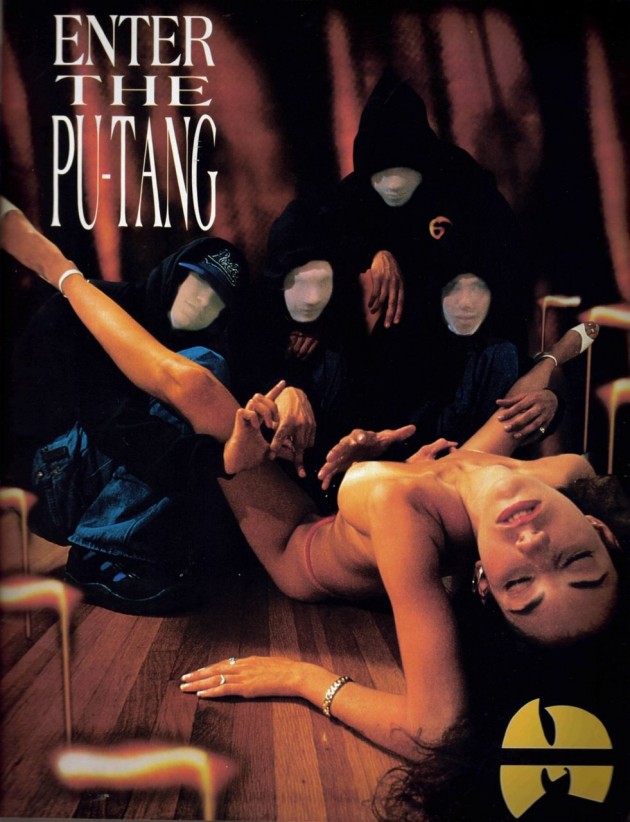
But are we really seeing a comparable level of madness right now? For those of you too young, or not born at the time, a quick summary. Big Brother magazine started in 1992 within Rocco’s World Industries then jumped to pornographer Larry Flynt’s publishing house. It thrived on drink, drugs, sex and controversy – gleefully skirting well beyond acceptability with tongue-in-butt-cheek jokes on race, gender, religion and disability, regarded by Rocco as “power statements”. If he could piss people off, within and outside the skate industry, AND get away with it, it demonstrated that he reigned unchallenged. Big Brother’s videos ‘Shit’, ‘Number Two’, ‘Boob’ and ‘Crap’ introduced the world to the antics of Johnny Knoxville and an expanding cast who would go on to produce Jackass. In the UK, this inspired today’s hero Matt Pritchard, and buddies to create Dirty Sanchez, another prank and gross-out themed venture that revolved around the stuff skateboarders seemed to find uniquely funny. If grown men becoming very wealthy from jumping off bridges in shopping trolleys whilst dressed as gorillas seemed ridiculous, the idea that they could one day piss on a Hollywood action star and more or less get away with it seemed absolutely absurd.
Before we get all bleary eyed and mutter about how “shit got safe” whilst slurping our craft beers, it’s worth remembering that we weren’t just surrounded by media of the risqué quality of Big Brother. ‘Bum Fights’ left Big Brother’s poor taste as a speck on the horizon as it ventured far into the territory of moral unpleasantness. Ryen McPherson and friends took the occasional altercation with drunks and rough sleepers that most street skaters encounter to a whole n’other level. The result was the ‘Bum Fights’ video series, where vulnerable people with mental health and addiction issues were given money by white, middle class fellas to fight each other, perform Jackass-style stunts, and self-harm. And for some time, many skateboarders’ moral compasses were so out of whack from ten years of deliberately provocative “power statements” that Bum Fights managed to be a kind of sub-cultural phenomenon. Mr McPherson and co-conspirator Daniel Tanner are currently on the run (rumoured to be in Cambodia) having been arrested in Thailand for trying to smuggle several parcels full of body parts, including a baby’s head and a “sheet of skin”, into the US.
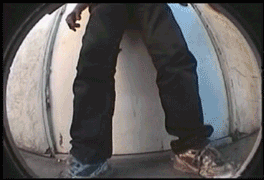 But a big change that occurred through the otherwise dull 2000s, that laid the foundations for the way people have reacted to Pritchard’s mile-high antics, is that this sort of stuff started to be funny to a lot more people than just skateboarders. Now with social media (particularly YouTube), any guffawing private school idiot can film their derivative, skater-lite antics and sit back as it goes viral via UniLad for the LOLs of millions of even bigger douchebags.
But a big change that occurred through the otherwise dull 2000s, that laid the foundations for the way people have reacted to Pritchard’s mile-high antics, is that this sort of stuff started to be funny to a lot more people than just skateboarders. Now with social media (particularly YouTube), any guffawing private school idiot can film their derivative, skater-lite antics and sit back as it goes viral via UniLad for the LOLs of millions of even bigger douchebags.
Was our culture so Gonzo, in a good and sometimes bad way, that Rocco’s vision effectively corrupted all the squares out there beyond the prairie – so now ‘they’ laugh at the same things we used to? Would the media have worked itself into moral uproar if Bum Fights had happened now, rather than in the early 2000s? There are 10s of 1,000s of videos on YouTube of street and bar brawls, of kids inciting the homeless to freak out at them. Young dudes have become internet famous and real-world rich for harassing (and sometimes assaulting) women in public. Normal folk are laughing at and sharing clips that even the most weed-fried skateboarder would have balked at in the 90s. Maybe the shit-heads and punks of Kids-era skateboarding have become the nice guys in comparison to everyone else.
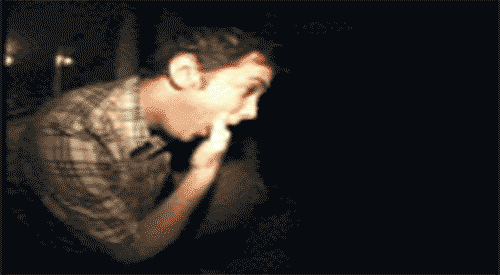 Skateboarding was always the context. It gets us out in the street where the craziness happens, inspires us to talk shit about the stuff we don’t like, within a world we otherwise care so passionately about. Without skateboarding, the genius of Big Brother quickly morphs into crass re-runs of privileged kids making fun of the vulnerable. It’s a thin line, but it’s a line that’s clearly scratched on black Jessops grip-tape. When looking back at the crazy level of celebrity attained by Bam Margera, there is something rather sad about a guy so very, very skilled at something as beautiful as skateboarding being better known for slapping his dad whilst he tries to take a dump.
Skateboarding was always the context. It gets us out in the street where the craziness happens, inspires us to talk shit about the stuff we don’t like, within a world we otherwise care so passionately about. Without skateboarding, the genius of Big Brother quickly morphs into crass re-runs of privileged kids making fun of the vulnerable. It’s a thin line, but it’s a line that’s clearly scratched on black Jessops grip-tape. When looking back at the crazy level of celebrity attained by Bam Margera, there is something rather sad about a guy so very, very skilled at something as beautiful as skateboarding being better known for slapping his dad whilst he tries to take a dump.
That’s why skateboarding as it is today, albeit without institutions like Big Brother, is so darn rad – because the context and the act of skating itself is so healthy. Without that, we’re pissing on the shoes of any old chump, and not Dolph motherfucking Lundgren.
Written by Chris Lawton.
Illustration by George Yarnton.
Contact us here if you have opinions and want to write articles. Our daily malarkey is shared on Facebook, Twitter, Tumblr and Instagram.
